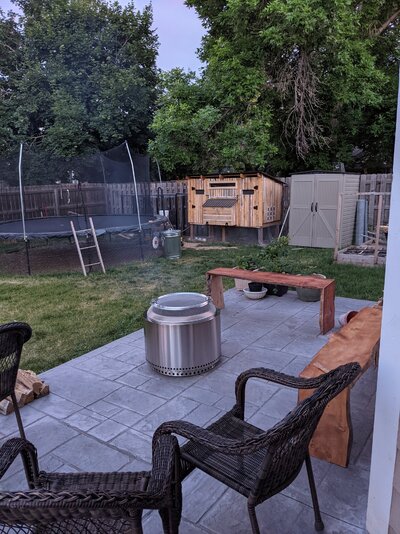We have six 3mo old pullets and we had two 3mo old cockerels. One of the cockerels. They were supposed to all be pullets but two of them grew faster and turned out to be cockerels. The dominant cockerel started crowing, and within a couple of days (even though we were looking at rehoming options) a noise complaint was issued and animal control showed up. We no longer have the cockerels and we were able to get two additional 6 week old pullets from our local feed store.
I sectioned off a portion of our 4x8 coop so the pullets have a 2x4 area they are hanging out in separated from the rest of the flock. We have started slowly introducing the 6week to the 3mo and one of the 3mo is very aggressive. All of the 3mo are challenging each other and working on the new pecking order, but 5 of them seem just fine with the little ones. The aggressive one (Amy) will peck aggressively at the 6wk olds. What advice might the group have for overall integration into the older birds for these two? Our gut says to keep them separate for awhile as it's very easy for us to do. We are thinking we will have to segregate Amy when we put them all together. What will help stop Amy from being so aggressive? Amy has also been the most shy pullet of the 3mo olds.
I sectioned off a portion of our 4x8 coop so the pullets have a 2x4 area they are hanging out in separated from the rest of the flock. We have started slowly introducing the 6week to the 3mo and one of the 3mo is very aggressive. All of the 3mo are challenging each other and working on the new pecking order, but 5 of them seem just fine with the little ones. The aggressive one (Amy) will peck aggressively at the 6wk olds. What advice might the group have for overall integration into the older birds for these two? Our gut says to keep them separate for awhile as it's very easy for us to do. We are thinking we will have to segregate Amy when we put them all together. What will help stop Amy from being so aggressive? Amy has also been the most shy pullet of the 3mo olds.





